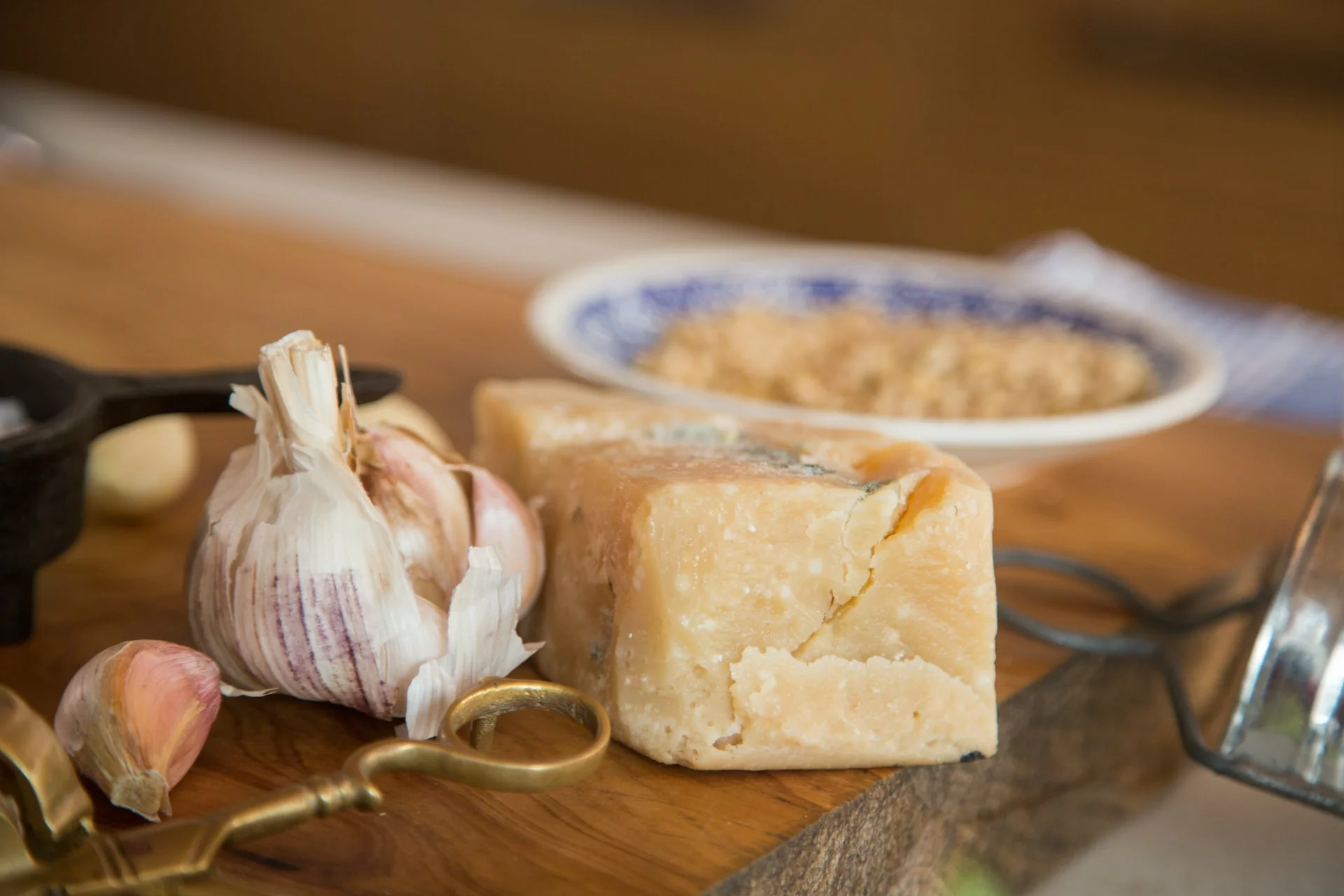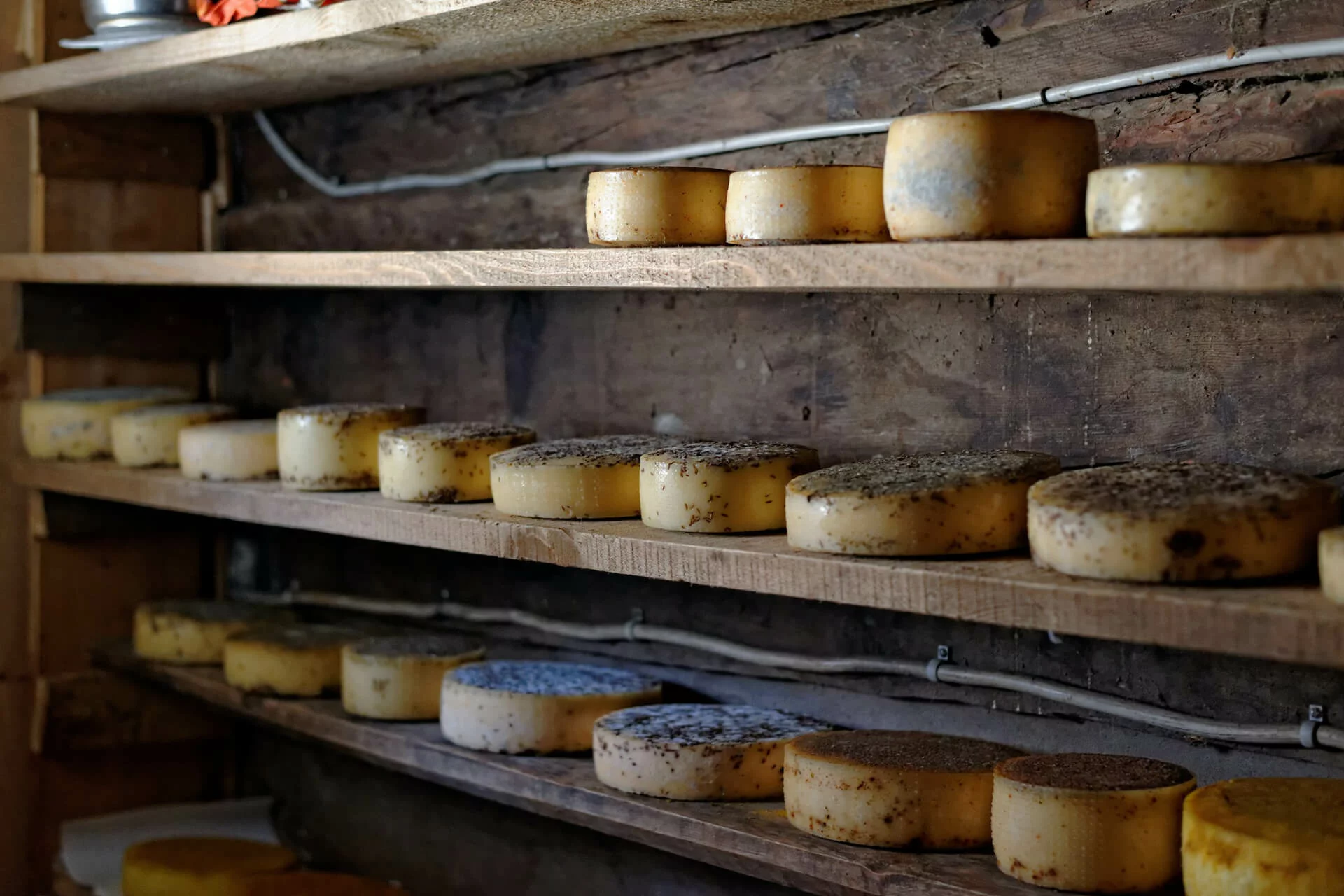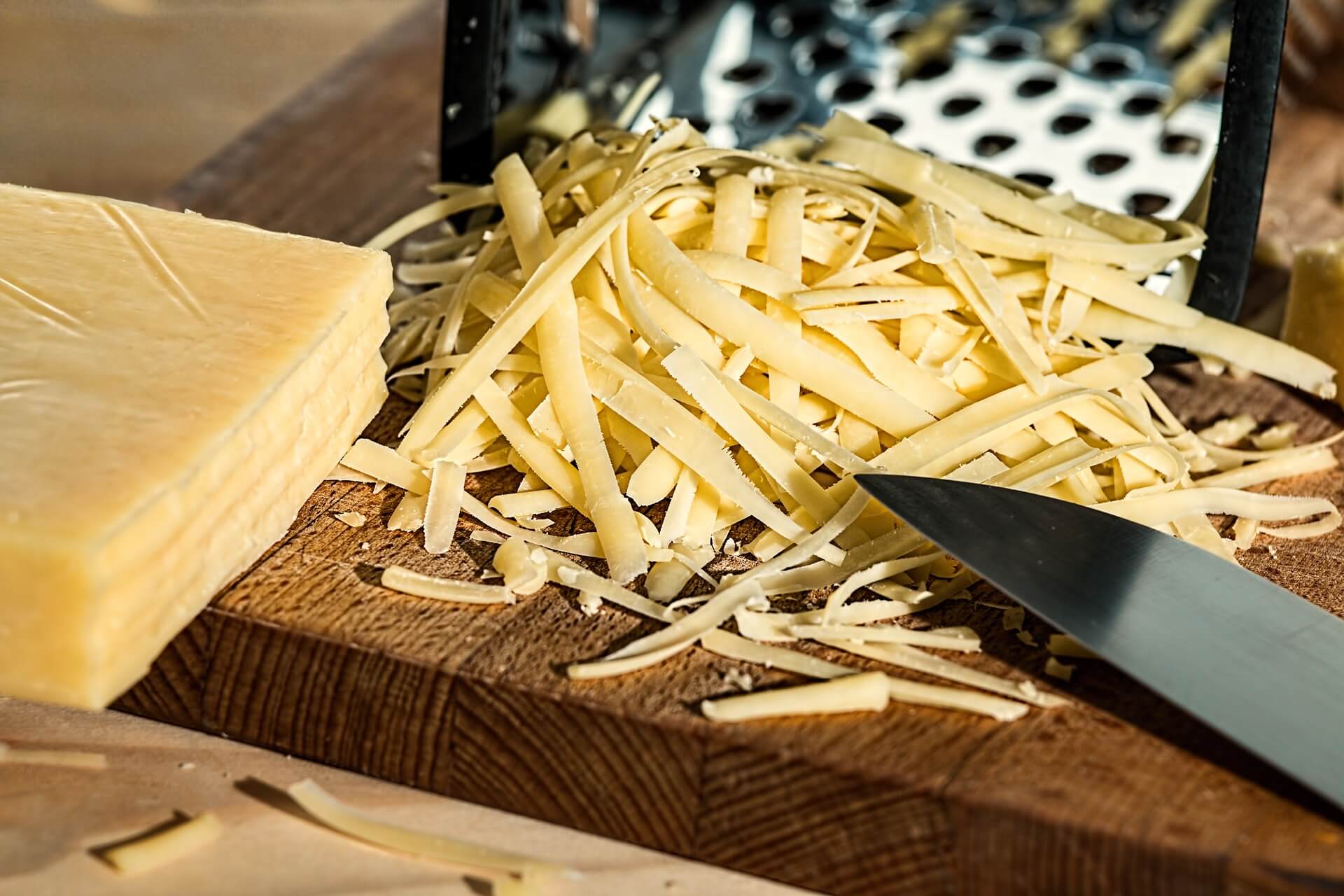Who hasn’t heard about or tried parmesan cheese? Parmesan is one of the most popular cheeses and in fact, it’s a top cheese chosen by cheese connoisseurs. Also, according to the PDO designation, cheese can only be called parmesan if it has been produced from cows grazing on fresh grass and hay [*]. But do you know how is parmesan cheese made?
Here’s more information on the ingredients of parmesan cheese, the basic steps to produce it, parmesan cheese uses, and common substitutes.
What is Parmesan Cheese?
Parmesan cheese, which some people refer to as Parmigiano Reggiano, is a hard and dry cheese that originated in the Reggiano region of Italy.
However, for a cheese to be called a true Parmigiano Reggiano, it must come from particular regions in Italy and be aged for at least one year — whereas parmesan cheese is aged for a minimum of 10 months.
It’s made from cow’s milk and is considered a healthy type of cheese. It’s an excellent source of protein, fats, vitamins, and minerals. (Generally, all natural cheeses are beneficial for you!)
Parmesan cheese can be described as nutty, sharp, tangy, fruity, and umami. It also has a gritty texture and it’s incredibly versatile — you can use it in a wide variety of dishes.
Origin and History of Parmesan Cheese
Where is parmesan cheese made and how did it start? Parmigiano Reggiano was actually first recorded in the 1200s. The Benedictine and Cistercian monks were the ones who created it as they were looking for a way to make milk last longer.
These monks would, later on, introduce this cheese to other regions in Italy, until it spread throughout Europe.
How is Parmesan Cheese Made?
Cheesemakers follow a simple process, which starts with preparing cow’s milk and other parmesan cheese ingredients — bacteria cultures, rennet, and salt.
The milk is first slowly heated to 33 degrees Celsius (or 93 degrees Fahrenheit) followed by the addition of thermophilic lactic acid bacteria, which is stirred into the milk [*]. These “starter cultures” work by lowering the pH of cheese for acidification and cheese ripening.
Next, rennet is added to induce coagulation. This is when liquid milk becomes gel-like. Cheese curds clump together, which separates them from whey.
The mass formed from the curds is then transferred to wheel molds, giving the cheese its final shape.
What is Parmesan Cheese Best Used for?
Anyone who loves to cook and bake recipes should know that parmesan is such a versatile cheese. Young parmesan, for instance, can be shaved and used as a garnish for roasted broccoli, pizza, and vegetable soups. Aged parmesan, on the other hand, is great for flavoring sauces and broths.
Looking for more parmesan cheese recipes? Try incorporating parmesan into mashed potatoes, pies, zucchini bread, breaded chicken, and chicken rolls.
Parmesan Cheese Substitutes
In case you run out of parmesan, feel free to use cheeses that are similar in style. Pecorino is an option, although it has a sharper flavor and is made from sheep’s milk. Feel free to choose Asiago cheese as well — it’s good for grating and is creamier than parmesan.
Other cheeses include Halloumi, feta, and goat cheese.
Frequently Asked Questions
Learn more about parmesan cheese from the questions and answers below:
Is Parmesan cheese natural?
Yes, parmesan is a natural Italian cheese. Parmesan ingredients are only cow’s milk, animal rennet, salt, and bacteria cultures. Not only is parmesan cheese natural, but it’s also an important source of many nutrients.
How do I store parmesan cheese?
When storing parmesan, remember to avoid moisture so that it doesn’t degrade in quality easily. Wrap a wedge of the cheese on parchment paper, followed by aluminum foil, then store it at the bottom of the fridge in the crisper drawer.
As for grated parmesan, keep it in an airtight container. Make it a habit to sniff the cheese to check that it’s still fresh before using it.
Note that parmesan cheese will last several months if stored in the fridge. If it has already been opened, it can last up to two months.
How to tell if Parmesan cheese has gone bad?
Any type of cheese that goes bad will turn dark in color — e.g., from white to a darker beige. Watch out for mold spots as well, which should be greyish or greenish. Finally, notice a moldy smell. Fresh parmesan should smell nutty.
The Bottom Line
Parmesan is a popular cheese from Italy. It’s produced just like any other cheese — by heating the milk, adding lactic acid bacteria, and rennet. Furthermore, note that Parmigiano Reggiano, the true parmesan cheese, is produced exclusively in specific provinces in Italy.
Want other flavorful cheeses? Käze is a provider of delicious, quality cheese snacks that come from 100% real cheese. They’re great as portable office snacks or travel snacks and salad toppers! Explore our snacks right here.




